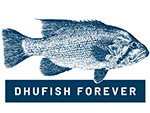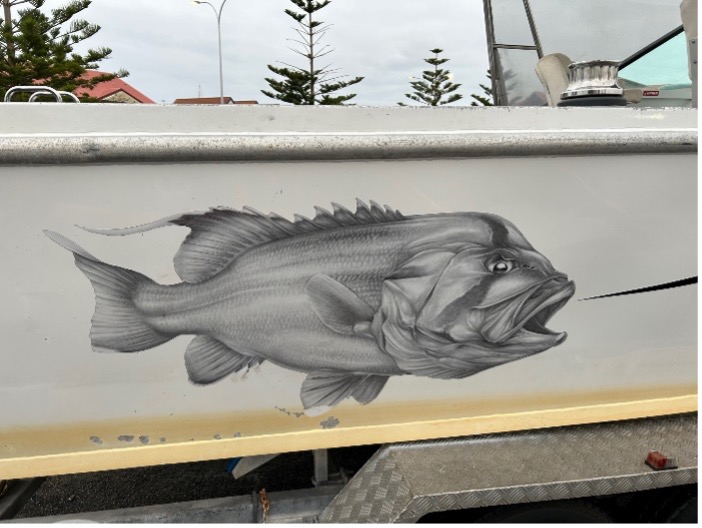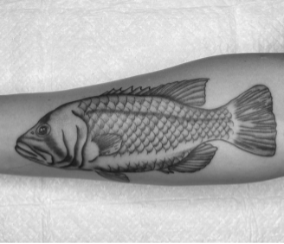About the fish
Why West Aussies love demersals
West Australian dhufish, pink snapper, baldchin groper and other demersal fish are among some of the most treasured fish in the hearts of thousands of West Aussies.
They are great fun to catch, are good eating and dhufish and baldchin groper are “endemic” to WA, meaning they are only found here.
In a part of the world where fishing is a big part of who we are, it is little wonder that these fish are part of the West Australian cultural fabric – none more so than the dhufish.
For example, “I Dhu”, “Dhu West”, “Over Dhu” and even “Nic Naitadhui” are just some of the names given to boats.
There is fishing apparel with stylized dhufish logos, tackle companies who incorporate dhufish into their logo, there is demersal art hanging on people’s walls and some people even sport tattoos of the beloved dhuey!
This level of passion shows why it’s so important all of us who love fishing for these great fish play our part in making sure we can enjoy dhufish and other demersal fish forever.
And that’s why we support good demersal science and innovation and why it’s good for all of us to learn more about these amazing fish. Learn more about these amazing fish below!
Demersal Science
West Australian Dhufish
(Glaucosoma hebraicum)
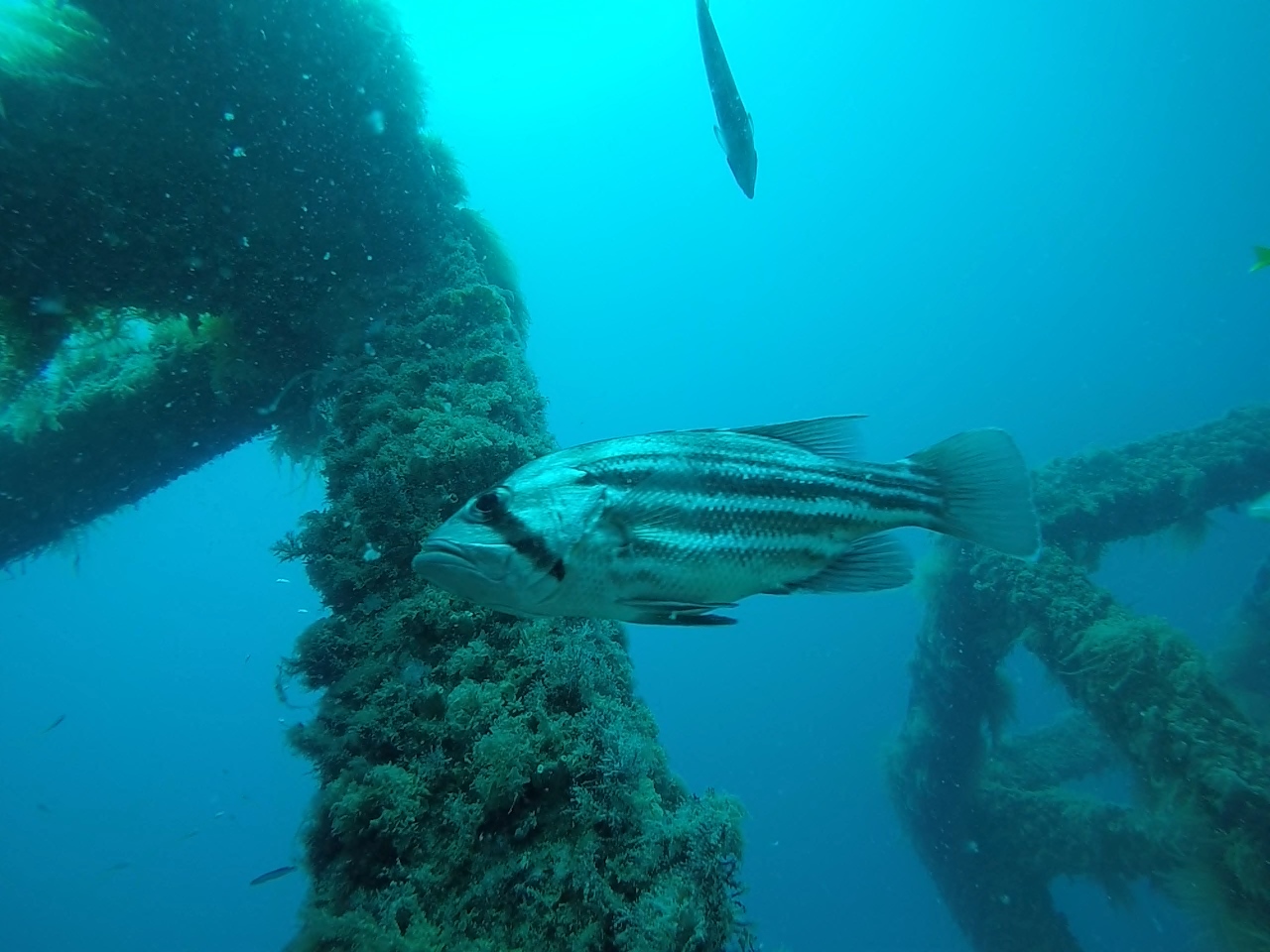
Where are they found?
Only found in WA – ranges from Esperance to Shark Bay, although increasingly less common at the northern end of its traditional range. Inhabits waters up to 100m deep, associated with structures such as reefs and caves.
Tagging studies have shown that they are generally “sedentary” sticking to one relatively small area.
Max length, size and age
122cm and 25.8kg – can live up to 41 years.
Spawning
Spawns November to May with a peak from December to March. During spawning dhufish may gather in groups called “aggregations”. The species displays complex social behaviour during spawning with larger individuals dominating and achieving greater spawning success. Males and females probably spawn in pairs.
Why big dhuies are so important
Dhufish are slow-growing – their growth slows down considerably after about 12 years, and they reach close to their maximum size at about 20 years. Dhufish reach sexual maturity on average at three years old, when females are 300 mm long and males are 320 mm long.
Older and larger females release more eggs, more often and for a longer period than younger females. For example, a 90cm female dhuie will spawn on around 155 occasions over a six-month period, whereas a smaller 50 cm dhuie will spawn around 86 times in just over a three-month period. This means big female dhufish produce more eggs each spawning season, making them very important for the overall health of dhufish stocks.
Dhufish eggs and larvae are dispersed by currents, contributing to the high levels of variation in dhufish recruitment – the addition of young fish to the overall fish population – over different parts of the coast.
Barotrauma
Dhuies and other demersal fish, suffer from barotrauma where the gases expand in the fish’s eyes, stomach and other internal organs when brought quickly to the surface. This is particularly acute when dhufish are caught in depths greater than 20 metres and can lead to the fish dying when released even when using a release weight. This is why dhufish and other demersals are not suited to catch and release fishing for sport. This is also why we stop fishing for demersals once we’ve caught enough and go and fish for something else like pelagics or squid and whiting.
Pink Snapper
(Chrysophrys auratus)
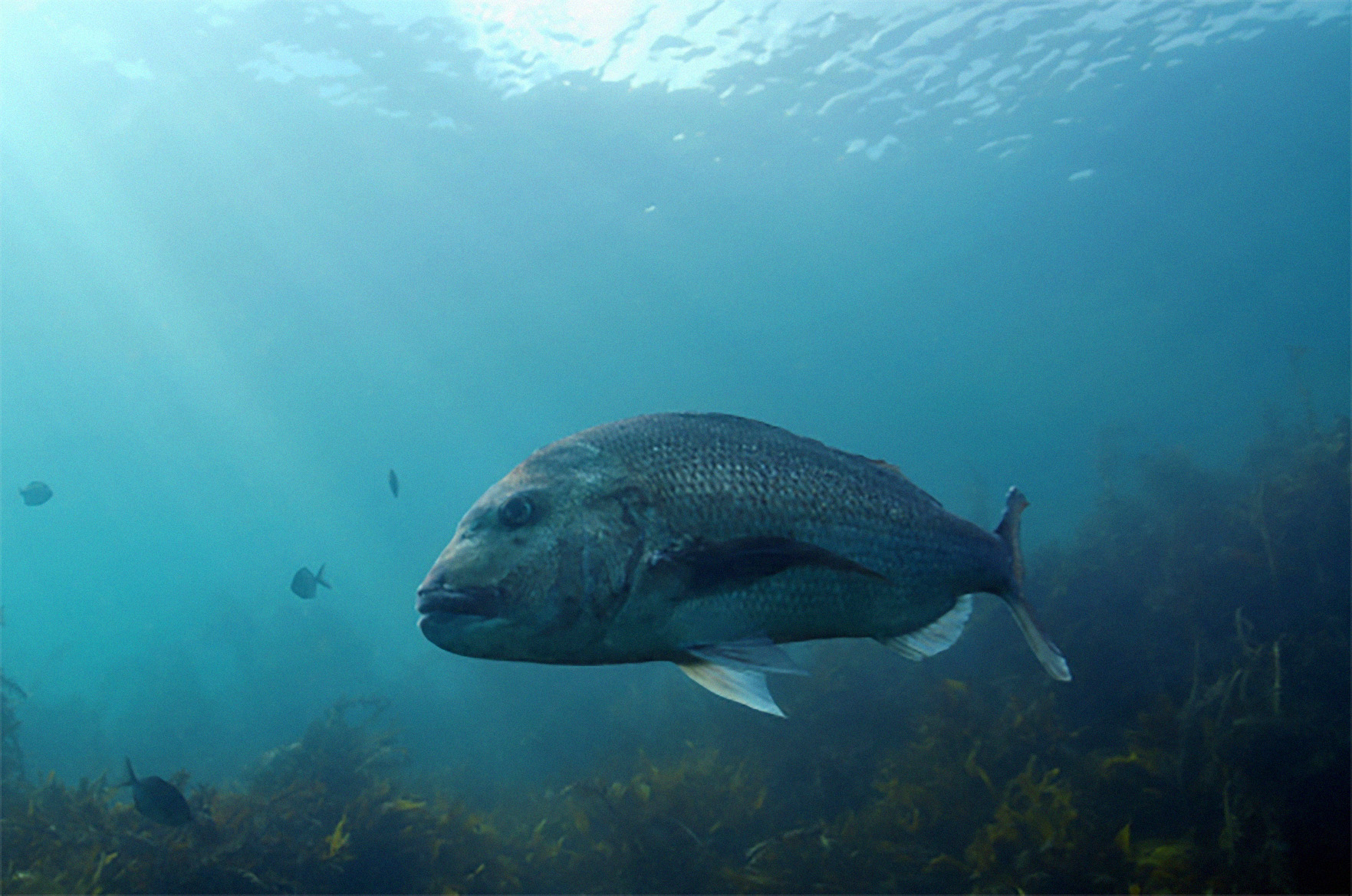
Where are they found?
Found through western Indo-Pacific. In WA, found from Onslow in the north to the SA border in the south. Found in a range of depths from off the beach to more than 100m, typically on offshore reefs or broken ground.
Max length, size and age
Up to 130cm, 20kg – can live up to 41 years.
Spawning
Spawning season varies depending on what part of the state – spring and summer on the lower west coast of WA. Pink snapper form large spawning aggregations, sometimes made up of thousands of fish. This can make them highly vulnerable to fishing – this is why recreational fishers have pushed for extended snapper spawning closures in places like Cockburn Sound – home to the biggest spawning aggregation of snapper on the lower west coast.
Serious egg layers
As they grow larger, females produce more eggs each year and become an increasingly valuable part of the breeding stock. Research shows that 40 cm females can release 100,000 eggs in a single spawning, while a larger 70cm fish can release 300,000 to 500,000 eggs a time. However, most of the eggs and the larvae that result do not survive even long enough to become juveniles, mostly due to predation.
